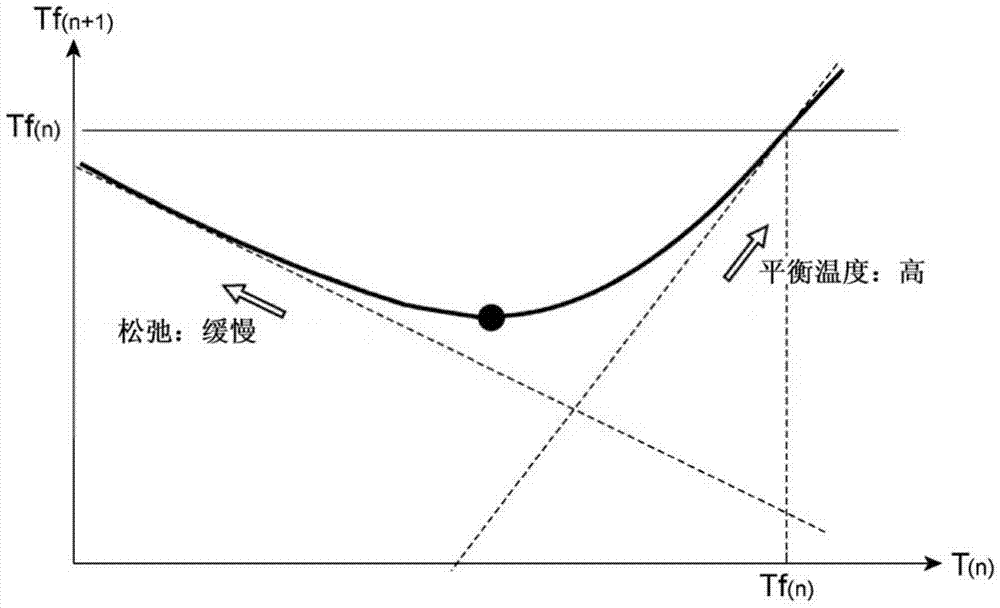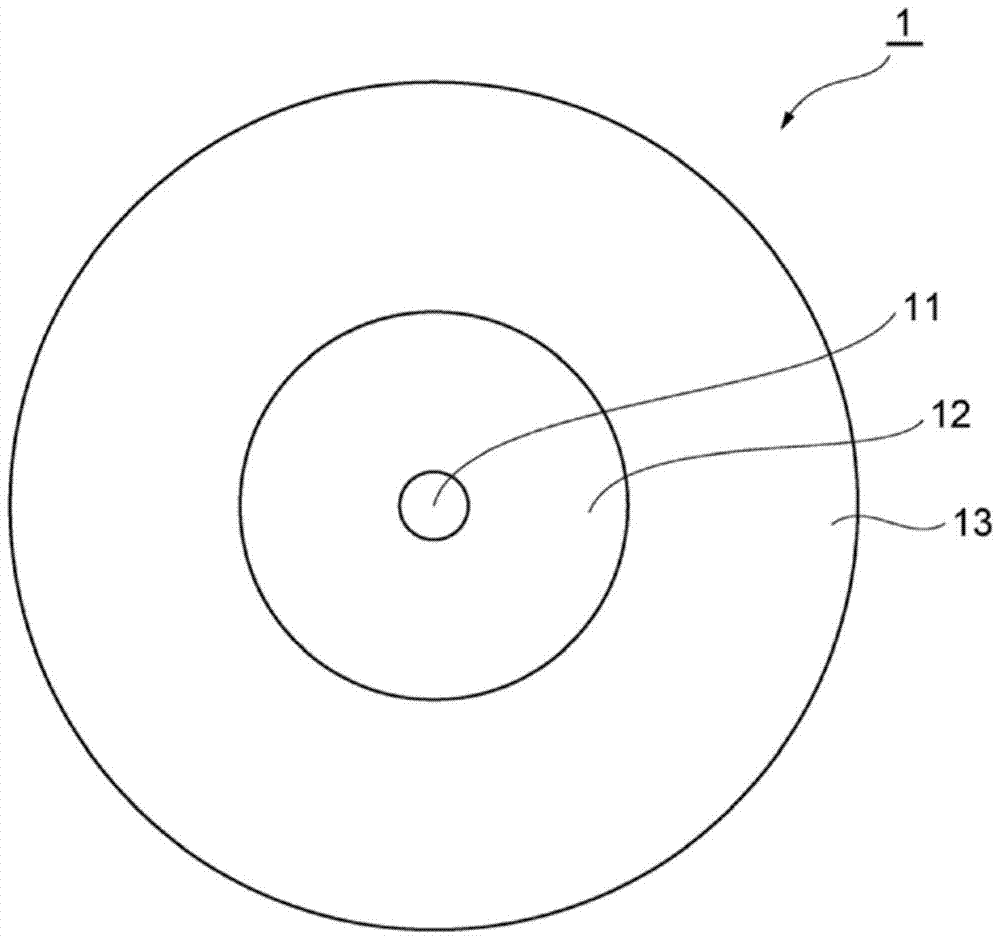Optical fiber manufacturing method
A manufacturing method and optical fiber technology, which is applied in the field of optical fiber manufacturing, can solve problems such as productivity degradation, slow drawing speed, and long slow cooling time, and achieve the effects of lower fictive temperature, high productivity, and low loss
- Summary
- Abstract
- Description
- Claims
- Application Information
AI Technical Summary
Problems solved by technology
Method used
Image
Examples
Embodiment Construction
[0025] Embodiments of the present invention will now be described in more detail with reference to the accompanying drawings. In the description of the drawings, the same reference numerals are given to the same components, and repeated descriptions are omitted.
[0026] figure 1 is a cross-sectional view of an optical fiber 1 according to the invention. The optical fiber 1 is a silica-based optical fiber, and includes a central core 11 having a central axis, an optical cladding 12 surrounding the central core 11 , and a sheath 13 surrounding the optical cladding 12 .
[0027] The relative refractive index differences of the central core 11 and the sheath 13 with respect to the refractive index of the optical cladding 12 are described respectively. The refractive index of the central core 11 is described as an equivalent step index (ESI). The outer diameter of the optical cladding 12 is defined as the diameter at which the difference in the radial variation of the refractiv...
PUM
| Property | Measurement | Unit |
|---|---|---|
| area | aaaaa | aaaaa |
| area | aaaaa | aaaaa |
Abstract
Description
Claims
Application Information
 Login to View More
Login to View More - R&D
- Intellectual Property
- Life Sciences
- Materials
- Tech Scout
- Unparalleled Data Quality
- Higher Quality Content
- 60% Fewer Hallucinations
Browse by: Latest US Patents, China's latest patents, Technical Efficacy Thesaurus, Application Domain, Technology Topic, Popular Technical Reports.
© 2025 PatSnap. All rights reserved.Legal|Privacy policy|Modern Slavery Act Transparency Statement|Sitemap|About US| Contact US: help@patsnap.com



